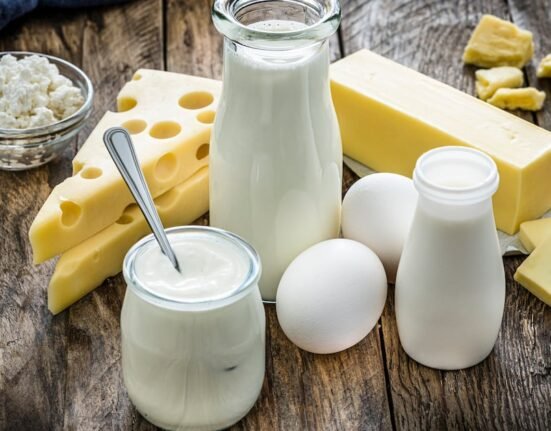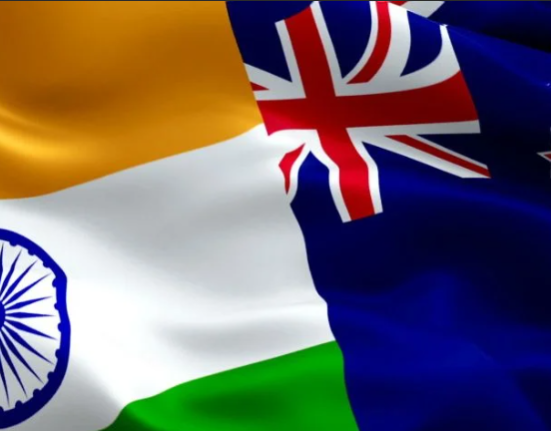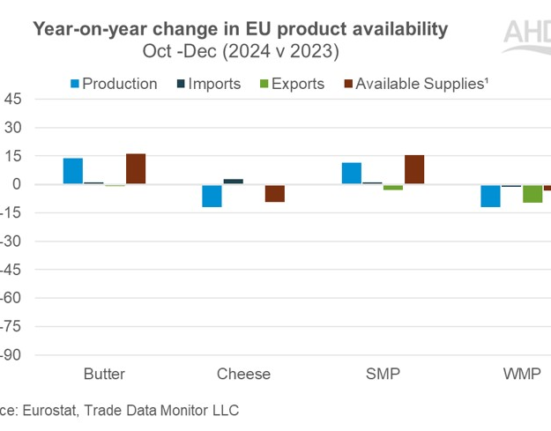Nairobi | 6 May 2025 Dairy Dimension Global Desk
In a strategic move inspired by India’s dairy revolution, Kenya’s dairy cooperatives are integrating advanced milk testing technologies and launching quality-based payment systems—a model long practised by Indian giants like Amul and coordinated through the National Dairy Development Board (NDDB).
This transformation, led by Agriterra Kenya in partnership with local cooperatives, is already showing early success in pilot regions such as Meru and Nyandarua counties. By linking milk payments directly to fat and SNF (solids-not-fat) content, the new model aims to incentivise quality production, reduce adulteration, and build greater transparency between farmers and cooperatives.
A Proven Model, Now Localised
India’s experience with decentralised testing systems—where over 70,000 village-level societies use Automatic Milk Collection Units (AMCU) linked to real-time pricing—has long been a case study in cooperative-led milk marketing.
“We were inspired by how Indian cooperatives turned quality control into a farmer empowerment tool,” said a project lead from Agriterra Kenya.
Kenya’s model mirrors this by deploying digital milk analysers and building the capacity of cooperative staff to manage and interpret milk quality data. Farmers receive digital receipts and now understand precisely how their milk is priced.
From Quantity to Quality: The Shift in Dairy Mindset
Historically, Kenya—like many East African dairy markets—relied on volume-based procurement, where all milk was paid at a flat rate regardless of composition. This often disincentivised good practices and made value addition harder.
The shift to quality-linked pricing is therefore not just technical, but cultural. Early feedback shows that farmers are adjusting feeding and hygiene practices to improve milk composition, paralleling what was seen in India during NDDB’s Operation Flood era.
Institutional Support and Long-Term Vision
Agriterra’s model is designed to be scalable and co-op-led, ensuring that private actors and processors are also integrated into a fair and data-driven procurement system. Local technicians have been trained, mobile apps have been developed, and transparency protocols have been introduced.
Discussions are also underway to create national milk quality standards, as Kenya seeks stronger participation in regional dairy exports under the East African Community (EAC) trade framework.
A Global Dairy Dialogue
This development positions Kenya within a broader South-South exchange of dairy innovation. Other countries, including Ethiopia, Tanzania, and Rwanda, have already sought Indian expertise, from NDDB consultants to cooperative governance training.
As Jordbrukare India notes in its recent report, Indian milk testing systems have become a template for mid-income dairy markets seeking to transition from informal to formalised value chains.
Editor’s Note:
Dairy Dimension will continue covering South-South dairy cooperation, rural digitisation, and cooperative governance innovations across Africa and Asia.







